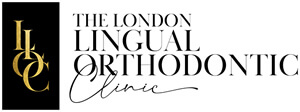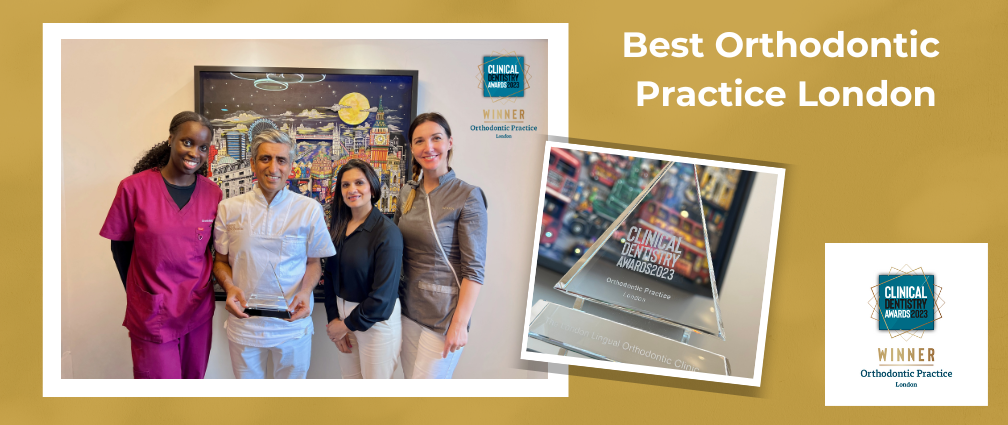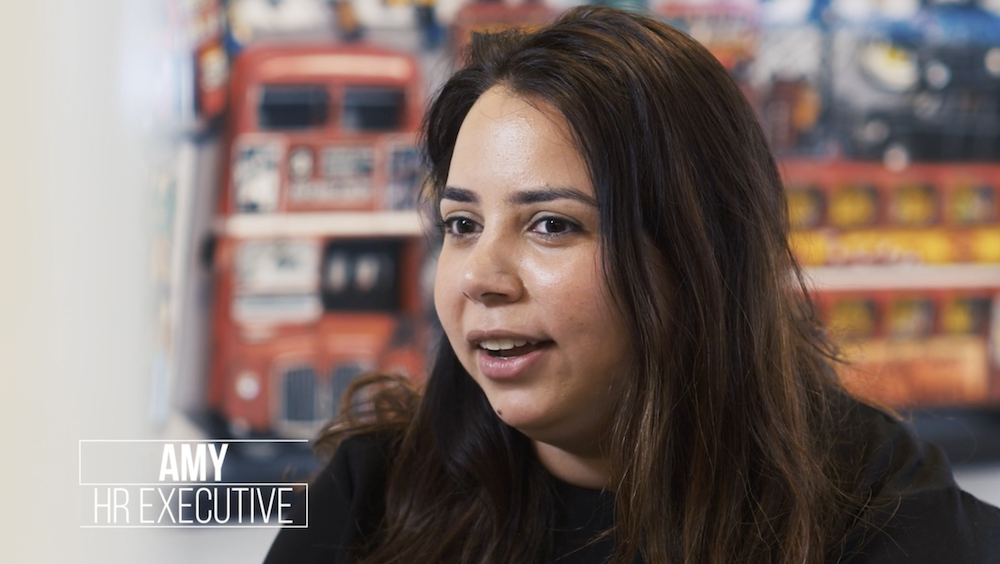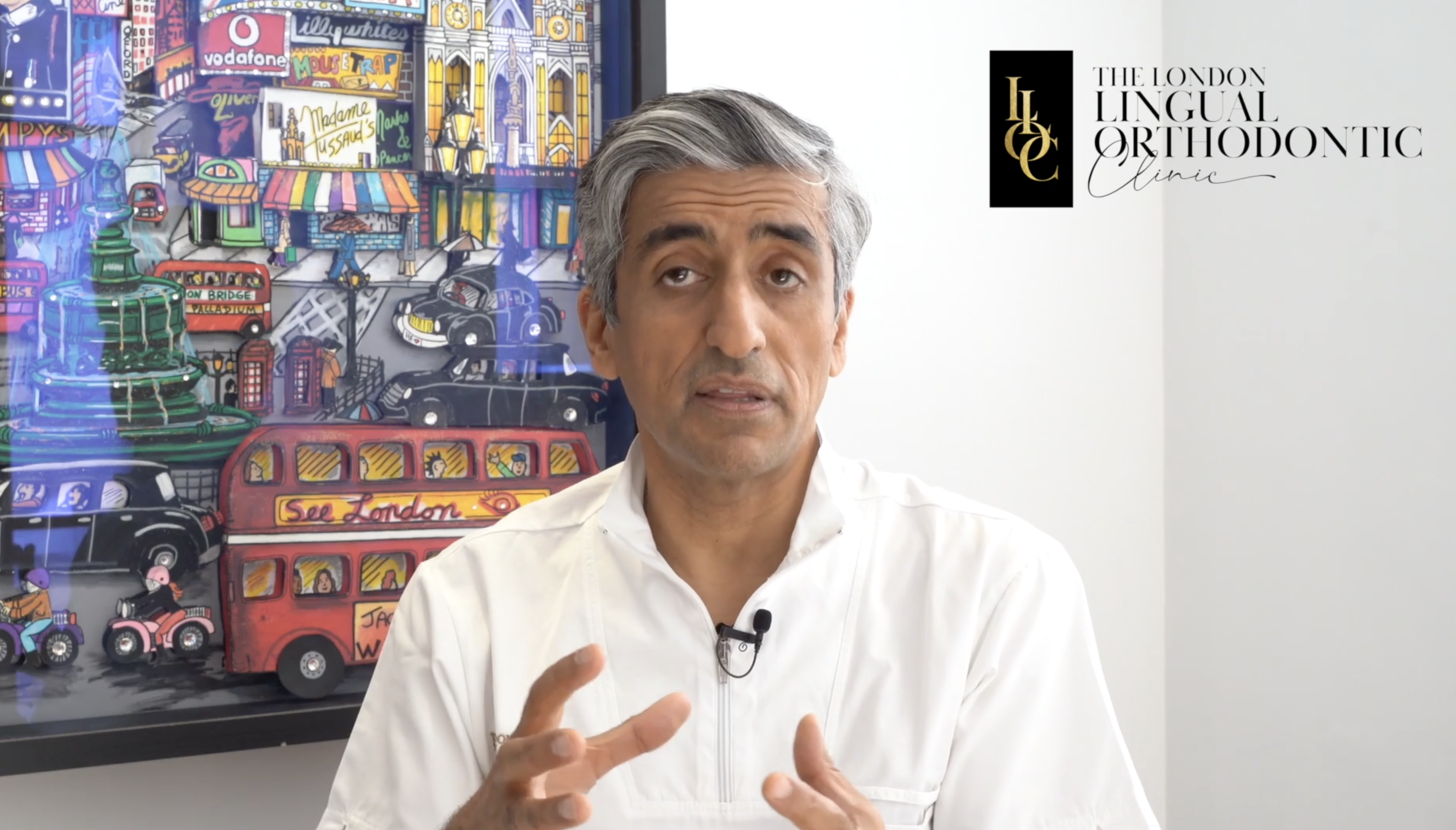The days are shortening and the harvest season is here, which means that Bonfire Night is fast approaching. But there’s another big holiday that is quickly overtaking the anniversary of Guy Fawke’s powder keg endeavour, and if you have children you surely know what it is – Halloween.
A History of Halloween in England
Halloween has grown in popularity over the years in the UK, but you may be surprised to know that the roots of the holiday itself can be found in 12th century Scotland and Ireland, and not in America, as many believe. In England it was formerly known as Mischief Night, a night when anything could happen, and when children played practical jokes on their neighbours. Taking place the night before the Catholic festival of All Saints and the pagan Celtic festival of Samhain, both on November 1st, Halloween in the UK has slowly started taking on more and more of the traditions and customs that have popularized the night in America.
Traditions like carving Jack-o-Lanterns, bobbing for apples, lighting bonfires, and dressing up in scary or clever costumes are some of the most common ways to take part in Halloween celebrations on both sides of the pond. However, the night is mainly a vehicle for the consumption of sweets via taking part in the custom of trick or treating. And since we care so much about the teeth of everyone we see, consider this our attempt at providing helpful advice for those of you who will be letting loose on the last night of October!
Best and Worst Halloween Treats for Teeth
The worst sweets for teeth are definitely things like chews and anything filled with caramel or nuts. Because these types of sweets stick to the little grooves of your teeth, bacteria is given a chance to feed on the sugar longer, producing cavity-causing acid.
Next on the list comes hard sweets like lollies and jawbreakers. While they don’t have the sticky properties of chews and caramel, they do take a long time to dissolve, letting your mouth become more acidic as the food stays inside. Definitely not good for the teeth.
Slightly better, but still bad for you, are the sour sweets. Again, the higher acid content breaks down tooth enamel and can lead to cavities. You are, after all, spoon feeding straight sugar directly to the bacteria.
What’s not so bad? Chocolate. Foregoing the sticky sweet fillings for plain versions means that chocolate doesn’t stick to teeth.
And your best option, which – yes – is slightly boring, would be sugar free gum. Leaving no sticky residue and often sweetened with xylitol (a naturally-occurring sugar that bacteria can’t form plaque on), sugar free gum is your best bet for a healthy mouth.
No matter what you choose to treat yourself with this All Hallow’s Eve, be sure to brush your teeth after eating (ideally within 10 minutes of finishing your sweets), and don’t go too crazy with the sugar intake. If brushing isn’t possible, drink water to rinse sugar from your mouth. Choose healthy snacks such as carrots and apples to help rid your body of the excess sugar, and if you are the parent of little ones, try including non-food prizes in your games for them. And of course, have fun!













